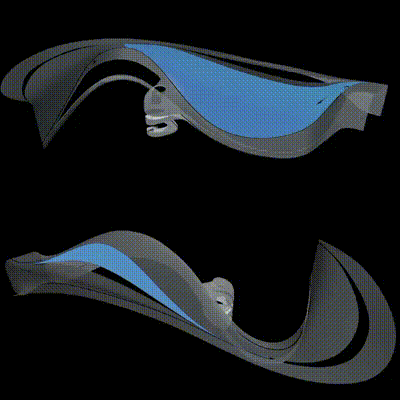
Dynamic viewports.
Export data-rich PDF-s in real time (ShapeDiver + DraftHorse extensions).
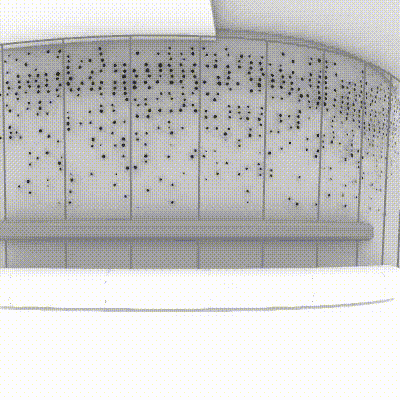
Automated aeshetics.
For elegant patterns code quality is often the very reason of unique looks.
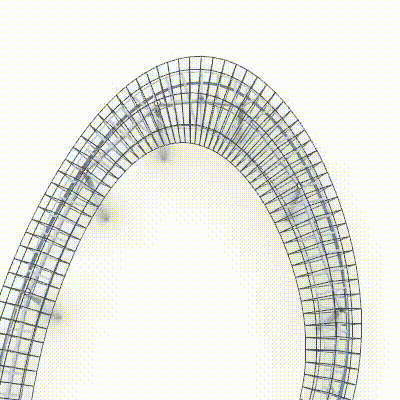
Optimize cover tesselations.
Atomic nodes make optimization surprisingly fast to add (Galapagos + GeneticSharp).
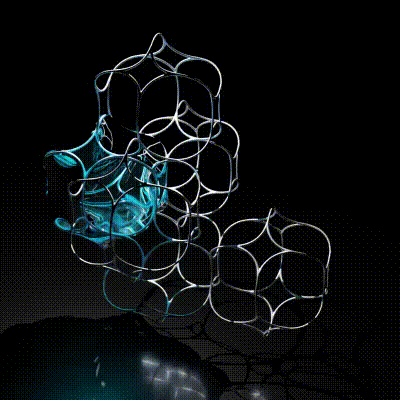
Abstract network behavior.
Geometries modeled as nets drive ultra efficient designs (QuickGraph extension).
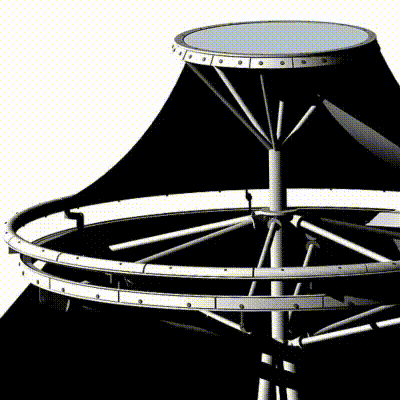
Cladding fixture details.
Highly geometric modeling for timber, steel & membrane structures. See research.

Bálint Füzes
MSc Architect & Software Developer
I'm Bálint, an MSc Architect and certified software developer. I partner with architectural teams as an embedded specialist. I focus on programming compuationally intensive workflows for architectural covers and their background structures (exterior and interior building envelopes, surface covers, canopies, etc.).
My main interest is in developing reusable, modular code blocks for diverse projects. I love to solve a coding challenge and then see that solution realized as a physical structure.
My architectural passion is for dynamic, deconstructive shapes—designs where the structural logic and the visual form are one and the same, creating a seamless and powerful aesthetic.
You'll receive your Rhino or Revit source code on GitHub, plus editable or frozen models.
I've collaborated with a wide range of AEC professionals, from individuals to large firms (100+ people).
My ideal partners are small-to-mid scale firms that possess a foundational parametric understanding but require skills for complex, data-intensive projects.
I focus exclusively on the technical aspects and provide design input, but you retain total design control and the intellectual property.
No, coding offers many opportunities for quantitative checks and repetitive work reduction on standard projects too.
Let's create together!
I am available for subcontracting and partnership. Contact me to discuss securing your next project:
balint@fuzesarch.com
+36302980503